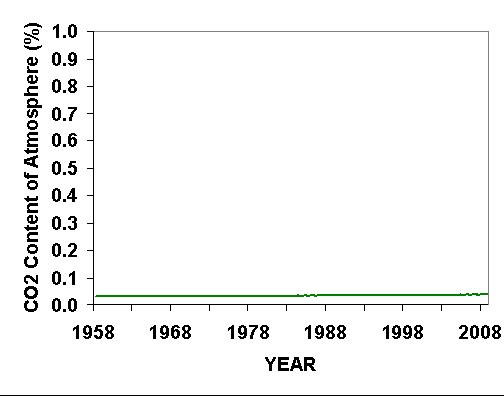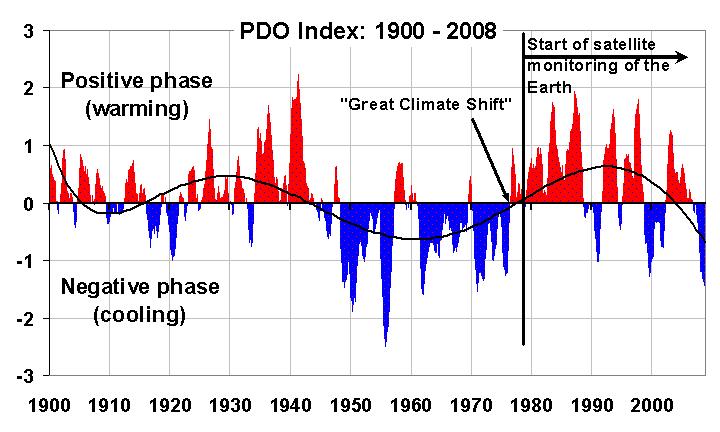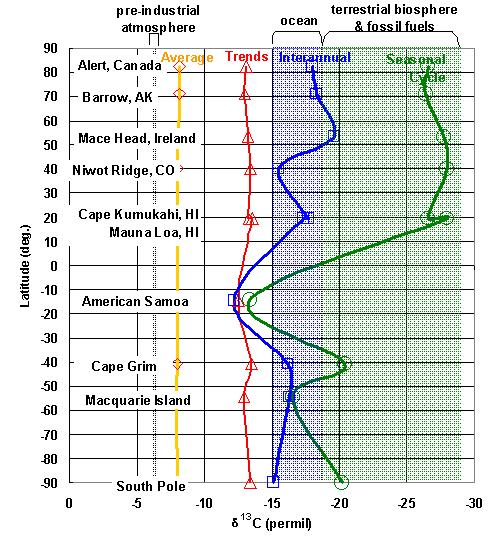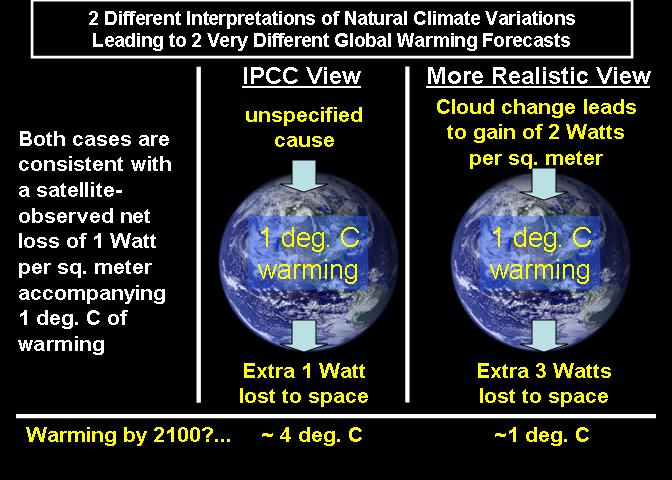trysail
Catch Me Who Can
- Joined
- Nov 8, 2005
- Posts
- 25,593
The proponents of the hypothesis of anthropogenic global warming have a very simple problem: NO SCIENCE.
What have the proponents of the hypothesis of AGW brought to the table thus far? They have asserted that current temperatures are "unprecedented." That simply isn't true. They have asserted a positive feedback between levels of carbon dioxide and GATA but have not demonstrated any such relationship. In fact, the historic record ( to the extent one accepts the proxy temperatures and CO2 levels from the Vostok ice cores ) show precisely the opposite: global temperatures appear to lead/cause/determine CO2 levels.
Promoters of the AGW hypothesis ask the world to accept computer models incorporating the simultaneous solution of multiple dozens of non-linear differential equations as "proof" of humanity's comprehension of an impossibly complex climate system— the same models that have no demonstrable record of accuracy.
That's it; that is the sum total of the "proof" offered up by the proponents of the hypothesis. The problem remains; it is quite simple— there is NO OBSERVABLE, REPEATABLE, VERIFIABLE, REPRODUCIBLE SCIENCE behind the hypothesis.

The IPCC report states atmospherice lifetime of CO2) is 50-200 years (without defining the term 'lifetime'--it assumed this means residence time). The article rightly uses C12, C13, C14 isotopic ratios though not in much detail. Radon (Rn222) is also a proxy. Although there is disagreement on on the exact residence time in the scientific community (probably due to different variables), mass balance equations using isotopic ratios have a range is 3-25 years!!! THIS MEANS THERES A TOTAL TURNOVER OF CARBON EVERY 25 YEARS AT A MAXIMUM. I've cited 5 years in an earlier post and here is an article that corroborates this number http://www.greenworldtrust.org.uk/Science/Scientific/Segalstad.htm (see section 9) which means total atmospheric CO2 contributed by fossil fuels is 1.2%. The IPCC reports state it's 21%. In order to acheive 21%, with a residence time of 5 years, the CO2 resevoir would have to be 5 times larger than the atmosphere itself (Broeker et al., 1979: Fate of fossil fuel, carbon dioxide and the global carbon balance. Science, 206: 409-418.)
This is the single-most lucid and readable explanation of the science I've ever stumbled upon. If you read nothing else, read this:
http://www.middlebury.net/op-ed/global-warming-01.html
by James A. Peden














